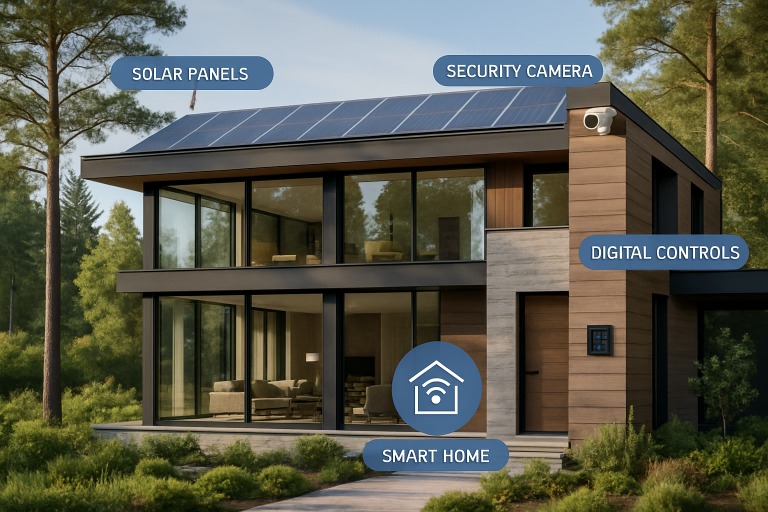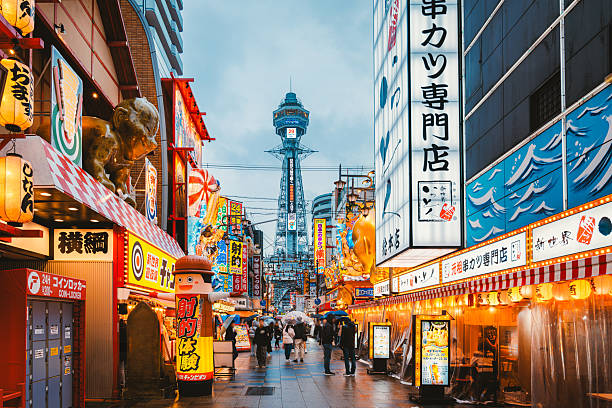The landscape of luxury real estate in 2025 reflects a dynamic blend of evolving lifestyle priorities, technological progress, and shifting market forces. For those seeking guidance on navigating these shifts—whether managing a property portfolio, entering the market, or seeking bespoke homes—partnering with Los Gatos real estate experts The Oldham Group offers insight rooted in the latest industry trends and local market expertise. This year is seeing unprecedented changes, especially as buyers look beyond traditional urban strongholds, focusing on wellness, sustainability, and advanced technology in their dream homes. More than ever, buyers are motivated by the desire for personal sanctuaries that offer both technological convenience and a connection to their values. This evolution is impacting not only where luxury homes are located, but also how they are designed, financed, and marketed. Understanding these changes is essential for anyone invested in the high-end property sector.
Suburban and Rural Luxury Markets on the Rise
The migration of wealthy buyers from bustling metropolitan centers to the tranquility of suburban and rural environments is one of the defining characteristics of today’s luxury market. Space, privacy, and a stronger connection to nature are prime motivators behind this trend. Many discerning clients are prioritizing expansive estates, proximity to outdoor recreation, and privacy more than penthouse views. For example, regions like Cameron, Montana, have been notable for a 19.22% year-over-year increase in luxury property values, proving that exclusivity and natural beauty are major draws for high-net-worth individuals.
Emphasis on Wellness and Sustainability
Modern affluent buyers are placing wellness and sustainability at the forefront of their lifestyle decisions. The latest luxury homes are being designed with amenities that support mental and physical well-being, such as home gyms, meditation spaces, spa-inspired bathrooms, and advanced air and water filtration systems. Beyond personal wellness, there’s a rising demand for eco-friendly materials, energy-efficient appliances, solar power solutions, and integrated smart irrigation systems. Developers and architects are responding to this shift by integrating sustainable practices at every stage of planning and construction, reflecting a broader societal commitment to responsible luxury.
Integration of Smart Home Technology
Today’s definition of a luxury home extends beyond fine finishes and elegant architecture—state-of-the-art technology is now indispensable. High-end properties increasingly feature whole-home automation systems that control lighting, climate, entertainment, and even wellness settings with a touch or voice command. Enhanced security systems, such as biometric entry and remote surveillance, are particularly sought after, not just for peace of mind but also as a unique selling point. Additionally, energy management solutions that monitor usage and optimize efficiency are adding lasting value to luxury homes. These features are no longer a novelty, but a necessity, shaping the expectations and preferences of affluent buyers.
Prevalence of Cash Transactions
Economic volatility and elevated interest rates have prompted affluent buyers to lean on cash to secure luxury properties. Avoiding borrowing costs, expediting transactions, and negotiating stronger positions in competitive markets are all driving factors behind this shift. Recent reports indicate that up to 90% of luxury sales are now completed as all-cash deals, reflecting this demographic’s liquidity and the continued strength of real estate as a portfolio anchor. All-cash purchases simplify negotiations, bypass many lending contingencies, and are seen as a significant advantage in high-demand locales.
Increase in International Investment
The U.S. luxury real estate market remains highly desirable for international investors who view these assets as a hedge against global economic uncertainty. Favorable exchange rates, lucrative investment opportunities, and the appeal of American urban centers and resort destinations are attracting a broad base of foreign buyers. Cities like New York, Miami, and Los Angeles continue to be magnets for international capital, but secondary markets and vacation destinations are also benefiting from this influx. The globalization of luxury real estate is introducing diverse buyer profiles and further intensifying demand for exceptional, one-of-a-kind properties.
Staying attuned to these emerging trends is crucial for buyers, sellers, and investors striving to make informed decisions in the increasingly nuanced world of luxury real estate. Understanding these shifts—spanning location, amenities, technology, and financial strategies—positions stakeholders to thrive in a rapidly changing market.





Leave a Reply